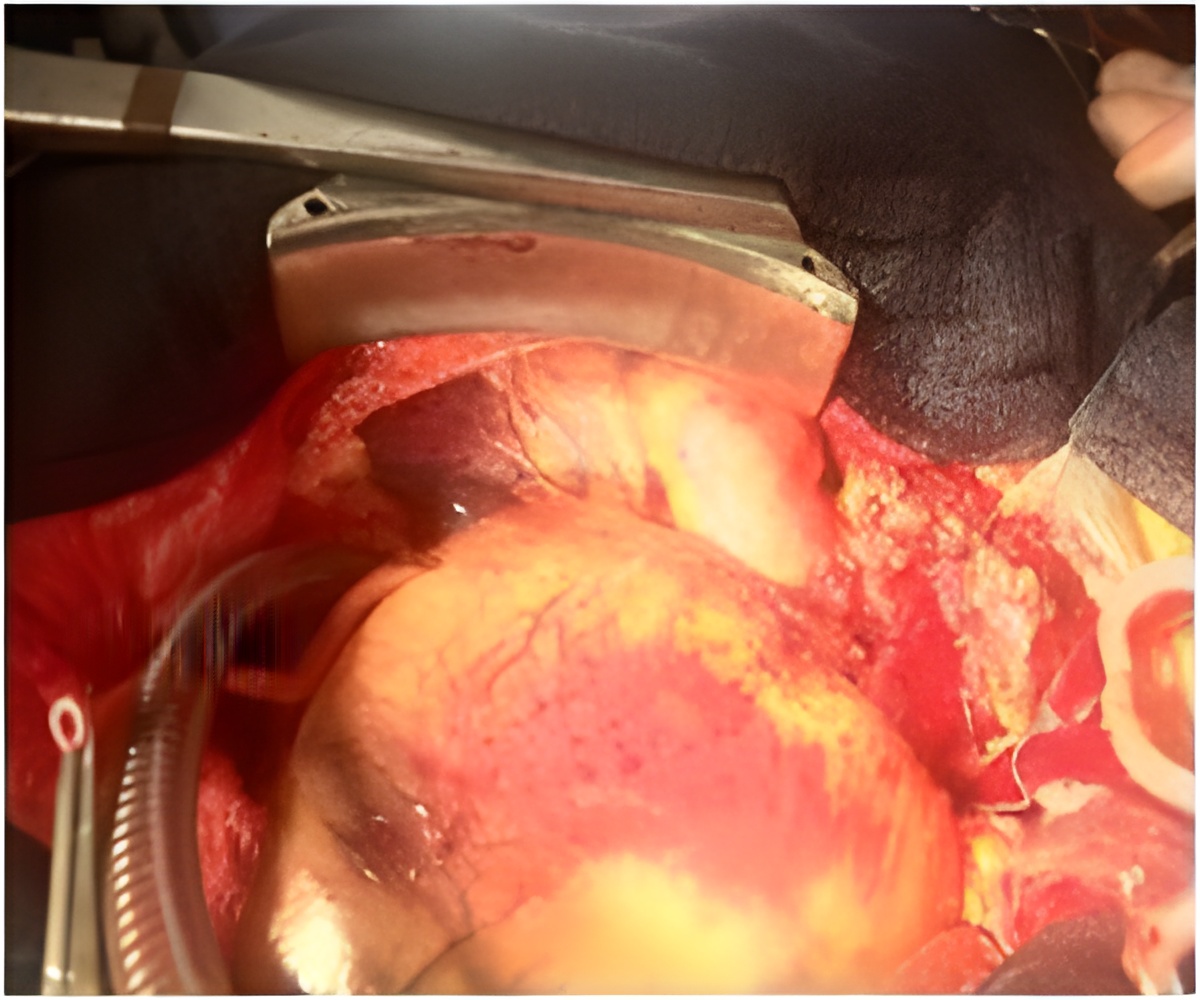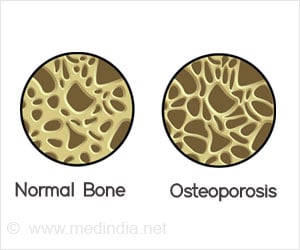According to a study, in a study that included 3.3 million percutaneous coronary intervention procedures, major bleeding after PCI was associated with significantly increased in-hospital mortality.

Adnan K. Chhatriwalla, M.D., of Saint Luke's Mid America Heart Institute, Kansas City, Mo., and colleagues conducted a study to estimate the adjusted population attributable risk of bleeding-related mortality in the U.S. PCI population. The study included data from 3,386,688 procedures in the CathPCI Registry performed in the United States between 2004 and 2011. The population attributable risk was calculated after adjustment for baseline demographic, clinical, and procedural variables. Also, the number needed to harm (NNH) for bleeding-related mortality was calculated.
In the total study population, there were 57,246 major bleeding events (1.7 percent) and 22,165 in-hospital deaths (0.65 percent). The adjusted population attributable risk of in-hospital mortality related to major bleeding was 12.1 percent. The propensity-matched population consisted of 56,078 procedures with major bleeding and 224,312 matched controls. The researchers found that patients with major bleeding had significantly higher in-hospital mortality relative to patients without bleeding (5.3 percent vs. 1.9 percent). Both access-site and non-access-site bleeding were associated with increased in-hospital mortality (2.7 percent vs. 1.9 percent; and 8.3 percent vs. 1.9 percent, respectively). The association between major bleeding and in-hospital mortality was observed in all levels of bleeding risk (low-, intermediate-, and high-risk groups).
The researchers conducted an analysis regarding the number of major bleeding events associated with 1 in-hospital mortality (NNH) in selected subgroups. "The NNH varied between 16 and 117, depending on bleeding risk and bleeding site, and was lowest in patients at high risk for bleeding (NNH = 21) or with non-access-site bleeding (NNH=16). NNH values were lowest in the following patient subgroups: age 75 years or older, ST-segment elevation myocardial infarction [a certain pattern on an electrocardiogram following a heart attack], or low glomerular filtration rate."
"In this study of more than 3.3 million PCI procedures, we found that major bleeding was associated with significantly increased in-hospital mortality after PCI. The novel findings are that adjusted population attributable risk estimates for an unselected and nationally representative U.S. PCI population suggest that 12.1 percent of all in-hospital mortality after PCI may be related to bleeding complications and may therefore be modifiable…", the authors write.
Source-Eurekalert











